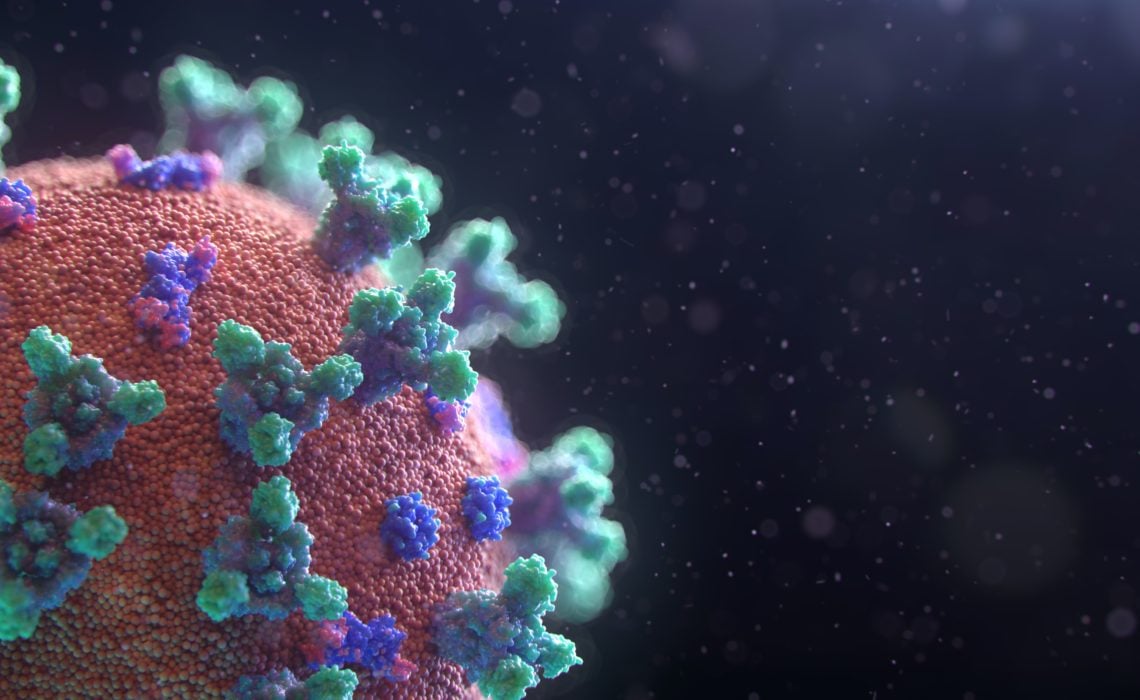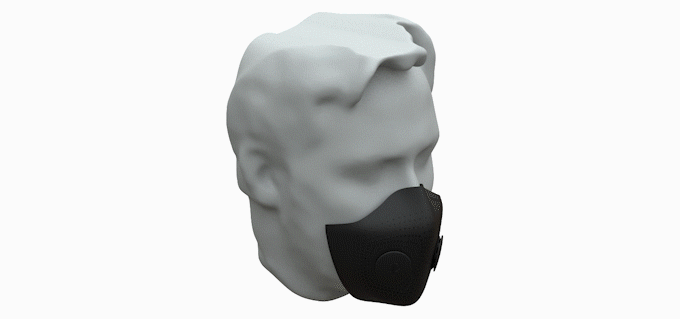
The rapid spread of Coronavirus across the world has meant that healthcare facilities have quickly become overloaded and are experiencing a severe deficit in necessary equipment and supplies. Many members of the 3D printing community have set to work producing protective wear for medical personnel, as well as anti-contamination accessories and more. Though not everything can be fully 3D printed due to FDA regulations and the complexity of medical equipment, 3D printing offers a fast prototyping and production process so that it may step in where traditional manufacturing falls short.
1. Valves & Ventilator Parts
As Coronavirus cases in hospitals grew, valves and other ventilator parts quickly ran out. In Italy, after the supply of Venturi valves disappeared and the original manufacturer was unable to produce more fast enough, they turned to 3D printing. A local startup, Issinova, was able to produce working parts in 24 hours. The valves were first printed using a filament extrusion system at the hospital, and were later printed using a polymer laser powder bed fusion process and a custom polyamide based material.
2. Snorkeling Mask Ventilator
Issinova also successfully tested a 3D printed adapter part printed from Nylon PA11 and PA12 to turn a commercial snorkeling mask into an emergency non-invasive respirator. Though the mask is not certified as a medical device, it has still been helpful as a last resort or in areas where other equipment is scarce.
3. Face Shields

Many companies like Shapeways have been contributing to the production of face shields to help supply hospitals with PPE. Shapeways’ face shields are modified versions of the Prusa design and are printed using SLS technology with medical grade materials so that they may be disinfected for repeat use.
4. Test Swabs
The ability to test people for Coronavirus is a crucial tool in slowing down the spread and identifying asymptomatic people. Nasal swabs are typically produced using injection molding and flocking, with a piece of polyester material attached to a plastic rod. Because traditional swabs have an intentional weak point that allows them to break to fit into the vial for transport to a lab, one challenge in printing them is making sure the material used is strong enough to collect a substantial enough sample from a patient’s nose without breaking while also being able to fit into the vial. Many parties are working on developing successful designs for swabs and are able to prototype quickly, even producing as many as 50 prototypes in 36 hours. Swabs can be printed in a material that is autoclavable, which would make them reusable. Shapeways is currently working on our own swabs as well.
5. Face Masks

The concern with 3D printed face masks is that though they might provide a physical barrier, they may not provide the same fluid resistance, air filtration and infection control of an N95 mask which utilize melt-blown fabric with ultrafine fibers. There have been several designs working towards that level of protection and others that can still be helpful used in non-medical environments. LuxMea’s bespoke Nuo face masks make for a more comfortable experience wearing a mask and use interchangeable filters. Each mask can be customized for individual fit, assuring a maximum of coverage for each person. They launched a kickstarter to fund their work in April and have already doubled their goal.
6. Door Opening Accessories
Many designs for 3D printed accessories for avoiding contamination from touch have popped up, including a wrist attachment for hand sanitizer and tools for opening doors and touching buttons. 3D LifePrints created The Distancer, a joint ID card holder and door opener for healthcare professionals as a way to reduce contamination while moving through buildings. The Corona Hook from Shapeways marketplace designer N3D can be carried as a personal accessory and allows for the opening of lever style door handles. Other designs feature screw-on hands free door openers as well as personal door openers that can be used to press buttons, can all be found on the Shapeways COVID-19 supplies hub.
7. 3D Printed Quarantine Booths
In Xianning, Chinese company Winsun 3D printed quarantine booths to relieve pressure from hospitals. Each house is 10×10 meters and 2.8 meters high and the walls of 15 houses were 3D printed in 24 hours using recyclable materials such as sand and construction rubble. Each house has a bathroom, air conditioning, meets insulation requirements and can accommodate up to 2 people.
The best materials for the production of any item to help with COVID-19 relief are those that can withstand intense cleaning processes and will not deteriorate when disinfected, such as Nylon PA12. In addition, SLS and powder bed polymer fusion technologies present less porous and smoother surfaces than extrusion printers for example, making them less likely to collect bacteria in crevices and therefore more ideal. Normally all of these items would be subject to lengthy processes of clinical trials, but because of the emergency nature of the Coronavirus spread many people are stepping up quickly to help compensate for the deficit in supplies. A lot of these innovative contributions are still in early stages, testing is ongoing and the role that 3D printing can play in COVID-19 relief will continue to develop.
Want to Help?
Many people have made successful designs downloadable on the internet so that anyone with access to a printer could contribute. You can download the 3d model file to print your own. There are also door openers available in the Shapeways marketplace. If you feel like you can contribute with your design skills, upload your design now to start printing through Shapeways.



